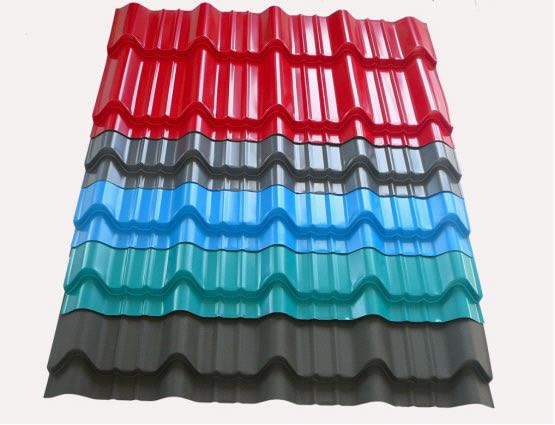
The Crash Barrier Cold Bending Machine A Comprehensive Overview
In the realm of infrastructure and safety engineering, the importance of crash barriers cannot be overstated. These structures play a crucial role in maintaining road safety, protecting both vehicles and pedestrians from potential collisions. To ensure these barriers are produced efficiently and with high precision, advanced machinery, such as the crash barrier cold bending machine, has become indispensable. This article aims to delve into the working principles, advantages, and applications of the crash barrier cold bending machine.
Understanding the Crash Barrier Cold Bending Machine
A crash barrier cold bending machine is a specialized piece of equipment designed to produce crash barriers from flat steel plates or profiles. Unlike traditional bending methods, which often involve heat-treated processes, cold bending maintains the integrity of the metal, ensuring that the material retains its strength and structural properties. This method not only offers precision but also reduces the risk of deformities and weaknesses that can occur through excessive heating.
Typically, the machine uses hydraulic or mechanical systems to apply force to the steel, allowing for accurate bends and curves. The design of the machine incorporates rollers, dies, and guides that facilitate the bending process while ensuring the finished product adheres to safety standards and specifications.
Advantages of Cold Bending Technology
1. Material Preservation One of the most significant advantages of cold bending is that it preserves the metallurgical properties of the steel. This means that the bent sections of the crash barrier retain their strength, which is crucial for their effectiveness in preventing accidents.
2. Enhanced Precision The cold bending machine allows for high levels of precision in producing crash barriers. By utilizing computerized controls, manufacturers can achieve exact specifications, leading to better fitting and ultimately more effective barriers.
3. Improved Production Speed The automation of the cold bending process streamlines production, allowing for higher output levels compared to traditional methods. This efficiency translates to reduced costs and faster project completion times, which are essential in today’s fast-paced construction environment.

4. Versatility These machines can accommodate various steel thicknesses and profiles, making them versatile in their application. Whether a project requires basic straight barriers or complex curves, cold bending machines can adapt to the necessary requirements.
5. Eco-Friendly Cold bending processes typically result in less waste compared to hot bending techniques, which often require cutting and discarding excess material. This reduces the environmental impact of manufacturing processes, aligning with global sustainability goals.
Applications in Infrastructure
Crash barriers are used in a myriad of situations, particularly in highways, railways, and urban environments. The cold bending technology ensures that these barriers not only meet safety standards but are also tailored to the specific needs of their locations.
- Highway Safety On highways, crash barriers are critical in preventing vehicles from veering off the road. The precision of cold-bent barriers ensures optimal performance in high-speed scenarios.
- Urban Planning In cities, crash barriers are essential for protecting pedestrians and cyclists. Customizable solutions via cold bending allow for the incorporation of aesthetic elements that blend with urban design.
- Transport Facilities Airports, bus stations, and train stations also utilize crash barriers to safeguard passengers and vehicles from potential accidents. The ability to create various designs enhances both safety and visual appeal.
Conclusion
The crash barrier cold bending machine represents a significant advancement in the production of safety barriers. With its ability to maintain material integrity, ensure precision manufacturing, and increase production efficiency, this technology is pivotal in creating effective and reliable crash barriers. As infrastructure needs continue to evolve, the role of cold bending machinery will undoubtedly expand, driving innovation in safety solutions across the globe. As cities and highways become increasingly crowded, the implementation of high-quality crash barriers produced through advanced technology will be a vital step toward ensuring public safety and protecting lives.